In partnership with Transitions Optical, Johnson & Johnson Vision has developed a light-adaptive version of their best-selling Acuvue Oasys contact lenses capable of preventing harmful blue light and UV rays from entering the eye. Johnson & Johnson is the first company to secure US Food and Drug Administration (FDA) clearance of the contact lenses, which can be used to correct the vision of patients who are nearsighted, farsighted or have astigmatism.
“This innovation was born out of deep research into consumer lifestyle needs and fits our future-forward approach to caring for human sight,” said Dr. Xiao-Yu Song, Global Head of R&D for Johnson & Johnson Vision. “Acuvue Oasys with Transitions creates and defines an entirely new category of contact lenses that will address unmet needs for patients. After more than a decade of product development and numerous clinical trials involving more than 1,000 patients, we are excited to bring to market a solution to help contact lenses wearers manage the changing light conditions they face every day in their modern, active lives.”
While the damaging effects of prolonged exposure to UV light on the eyes have been well-established, optometrists and ophthalmologists are becoming increasingly concerned about the impact of blue light – from sources such as smartphone screens, computer monitors and artificial lighting – on eye health. Acuvue Oasys with Transitions Light Intelligent Technology contain a dynamic photochromic filter to automatically adjust from transparent to tinted in response to changes in light exposure.
“This contact lens is the first of its kind to incorporate the same technology that is used in eyeglasses that automatically darken in the sun,” said Malvina Eydelman, director of the Division of Ophthalmic, and Ear, Nose and Throat Devices at the FDA’s Center for Devices and Radiological Health.
The FDA made their approval based on a study of 24 patients which sought to determine whether wearing the contacts would affect a person’s ability to drive. They found that vision was not negatively affected by the contacts, and that patients wearing them could safely operate a motor vehicle in both daylight and lowlight conditions.
Despite the fact that light-adaptive lenses can block UV rays which have been associated with cataract formation, Johnson & Johnson emphasizes that individuals wearing the contact lenses should still put on sunglasses when going outside. They also admit that they’ve performed no clinical trials that provide evidence that wearing these UV-blocking contacts will lower an individual’s risk of developing cataracts or any other eye disease.
“UV-absorbing contact lenses are NOT substitutes for protective UV-absorbing eyewear such as UV-absorbing goggles or sunglasses because they do not completely cover the eye and surrounding area,” said a release issued by Johnson & Johnson. “You should continue to use UV-absorbing eyewear as directed.”
Over 40 percent of Americans between the ages of 12 and 54 are nearsighted and up to 10 percent of those in the US are farsighted, according to National Eye Institute at the National Institutes of Health. In 2014, over 40 million individuals in the US reported that they wear contact lenses, according to the Centers for Disease Control and Prevention (CDC).
With this substantial market size and the current popularity of Johnson & Johnson’s Acuvue Oasys contact lenses, the company has a very real opportunity to make their new light-adaptive lenses a best-seller. In the first quarter of 2018, Johnson & Johnson reported US contact lens sales of $440 million, up 44 percent from the same period in 2017, led by its Acuvue Oasys brand of products.
The Acuvue Oasys with Transitions lenses will be available as two-week reusable lenses starting in early 2019.

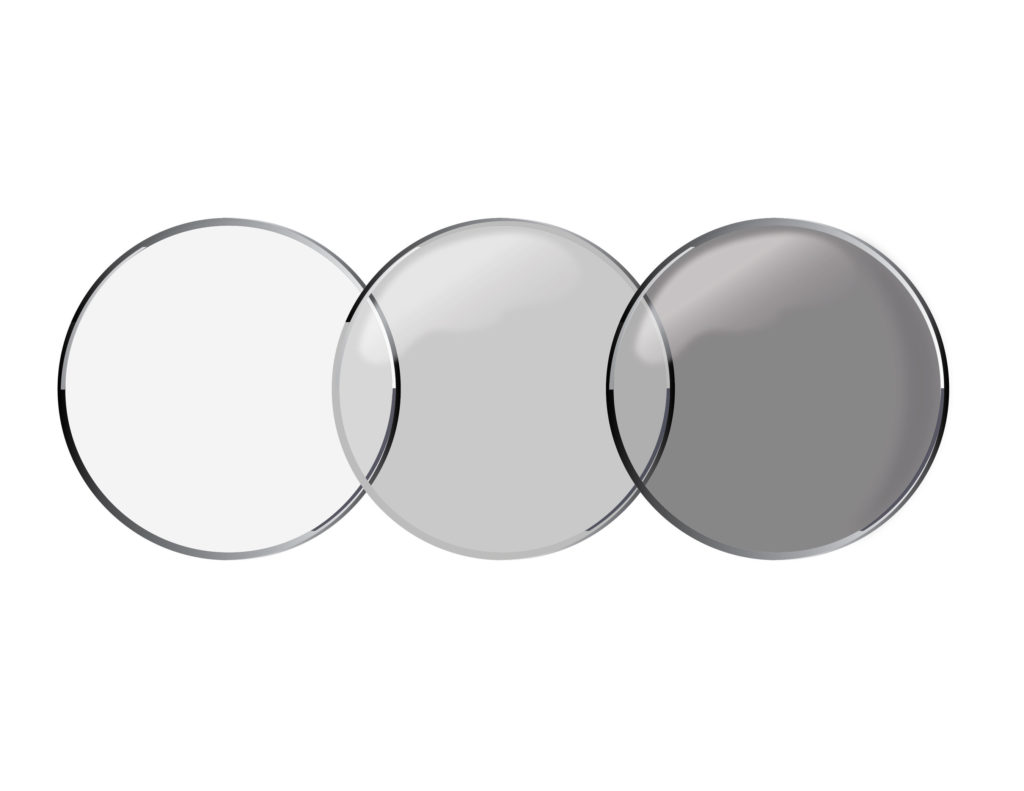
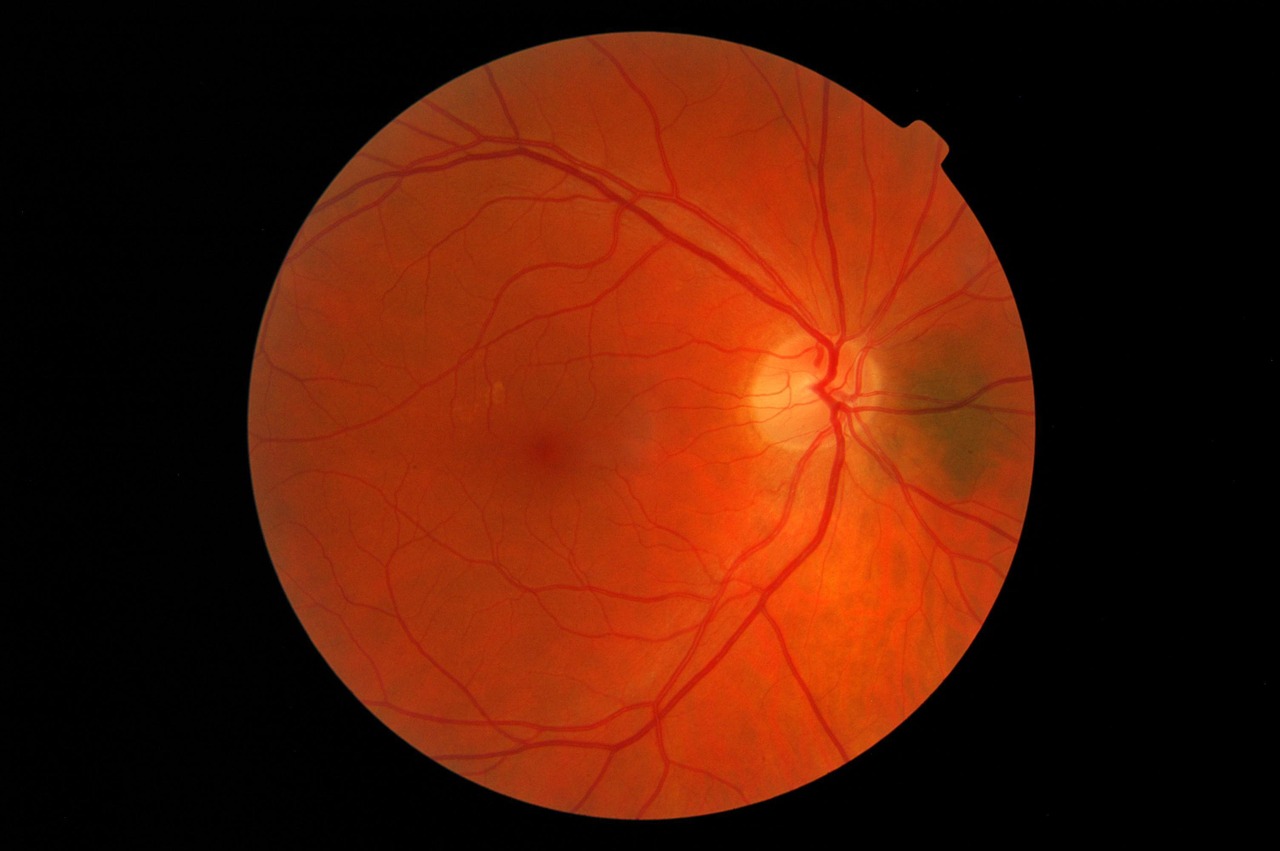
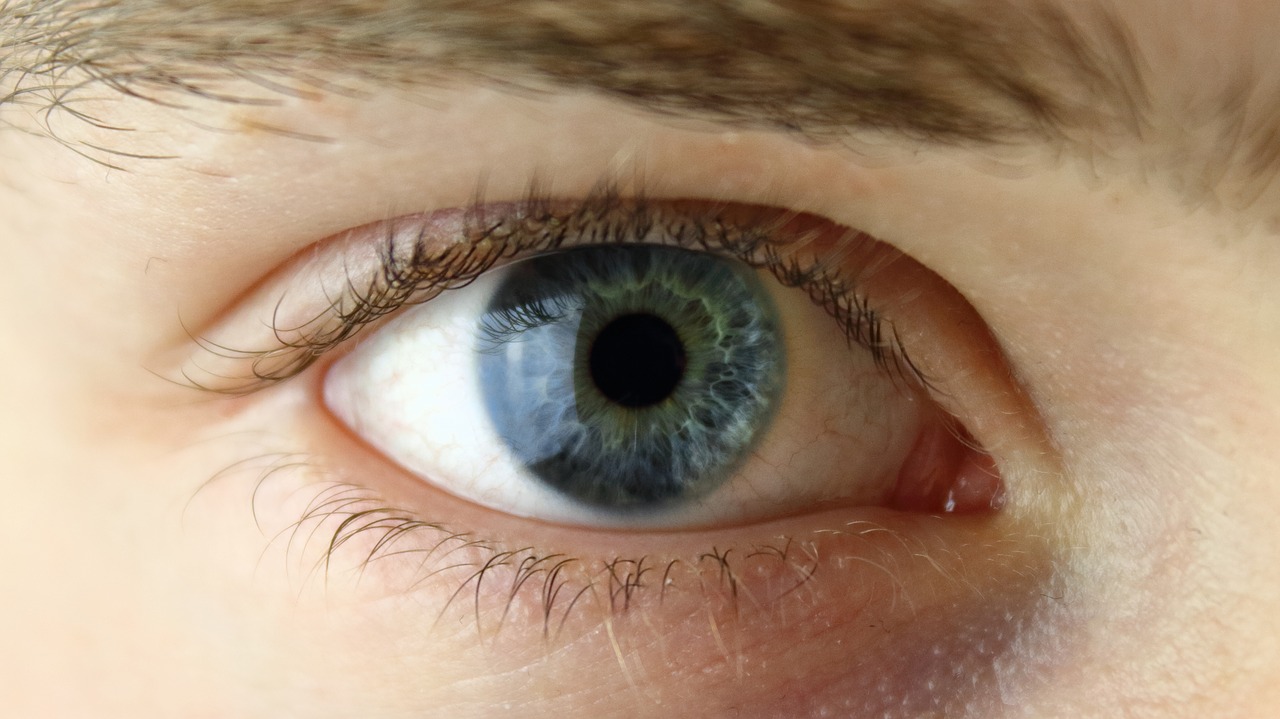
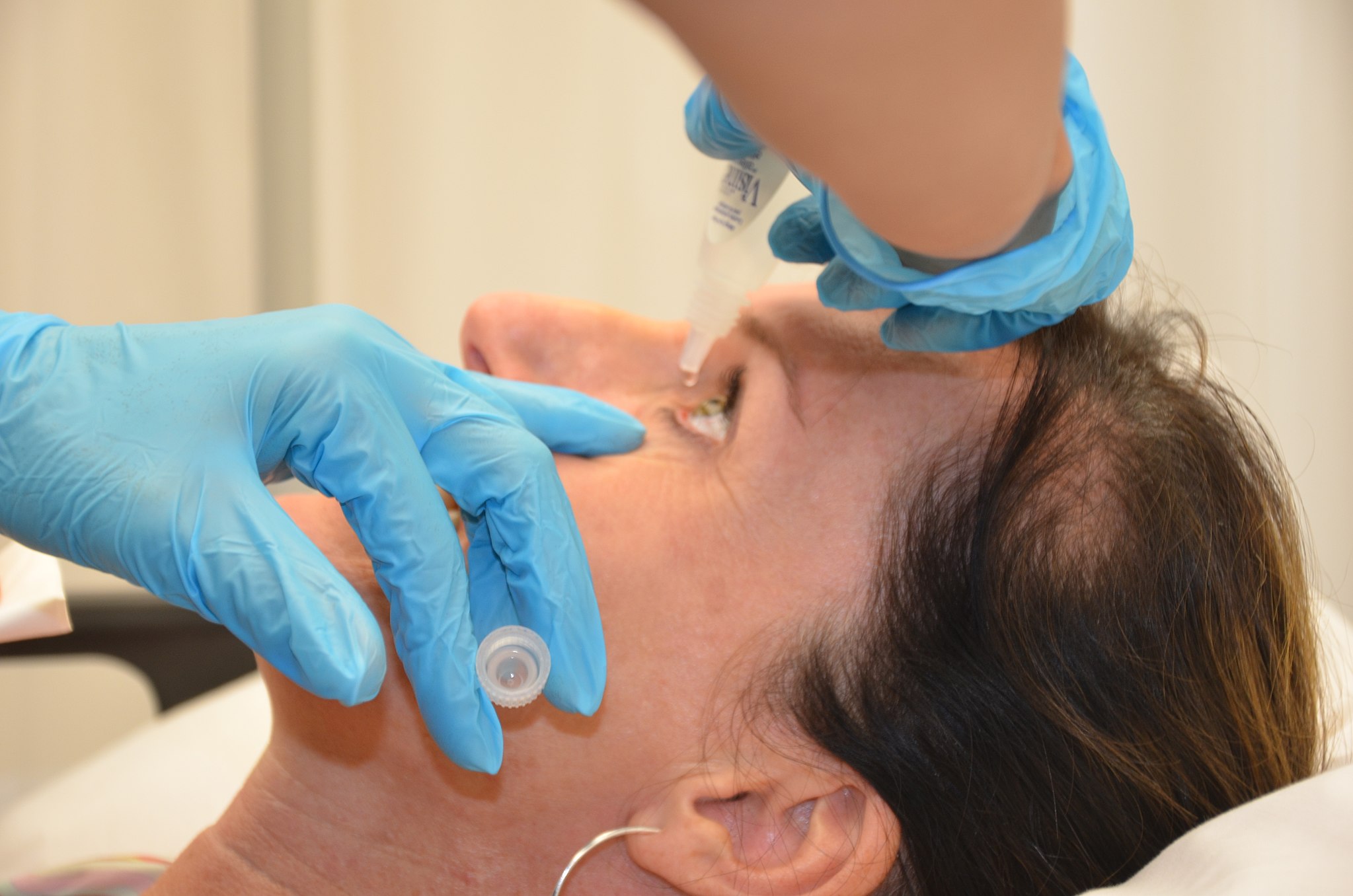
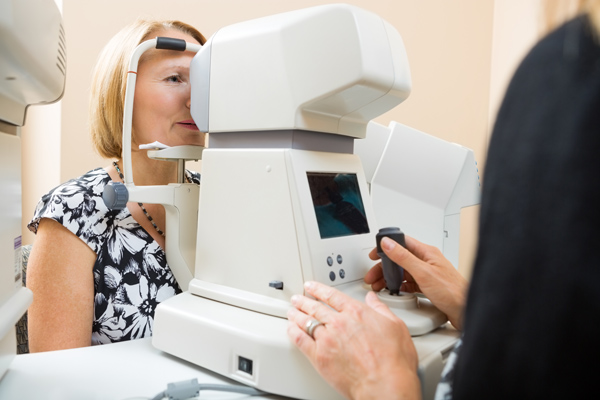




Join or login to leave a comment
JOIN LOGIN